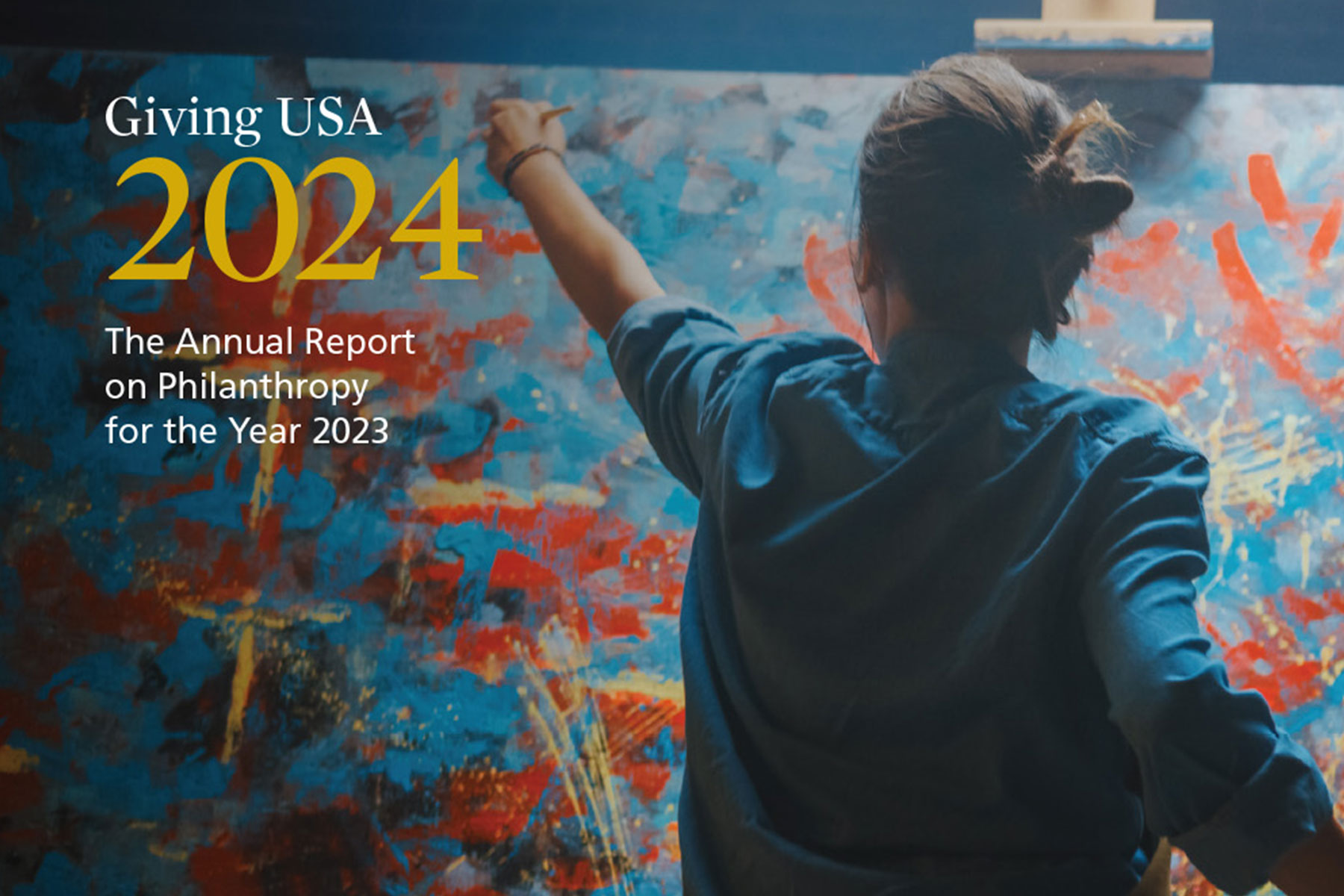The newest report from the Women’s Philanthropy Institute, Encouraging Giving to Women’s & Girls’ Causes: The Role of Social Norms, explores the intersection of social norms, gender, and charitable giving. This study analyzes how current giving behavior of others, future outlooks on giving, and gender affect donor behavior.
The key findings that emerged from the report are:
- The perception that there are other people who are highly interested in women’s and girls’ causes increases a prospective donor’s likelihood to make a charitable gift to these causes.
- Men are more likely to donate to women’s and girls’ causes if they perceive that others are highly interested in those same causes. For women, other’s interest in women’s and girls’ causes is less of a predictor of their own giving likelihood. Additionally, men are much more likely to give if they perceive other men have a high interest in women’s and girls’ causes.
- Future social norms will positively affect people’s likelihood of giving to women’s and girls’ causes. Receiving information that indicates a growing number of donors to women’s and girls’ causes increases a person’s likelihood to donate.
- Messaging about the rising popularity of women’s and girls’ causes is as effective for increasing men’s likelihood to donate as it is for women.
While this study focused specifically on woman’s and girls’ causes, there are some fundamental strategies that can be applied to fundraising shops across the nonprofit spectrum.
- Empower your base. By utilizing platform giving, you can empower your current donor base to spread the word about your cause. With social media, donors can advertise their own giving activity and encourage others to follow in their footsteps. When you position your current donor population as advocates for your mission, you create traction to help turn prospects on the periphery into donors.
- Promote your growth. Set the scene for prospects by using language that forecasts positive trends in giving such as increased donations, rising number of donors, or growing awareness. Furthermore, use messaging that invites them to be a part of the growth or “join the movement.” Especially for causes that are not highly visible, this will help prospective donors identify your organization with a growing trend.
- Expand your reach. To broaden your reach into untapped markets, highlight a diverse set of people who are already interested in your mission. Utilize current donors as representatives for your cause to raise awareness, share why they give, and encourage others to do the same. Prospects who resonate with an existing subset of donors are more likely to form an affinity with your organization. Prospect groups not previously reached will then start to see themselves as donors too.
This study demonstrates the power that social norms have on a prospect’s likelihood to give. When organizations are able to leverage these social norms, it increases their visibility, raises prospects’ awareness, and enables access to a new market of donors. Our team of philanthropy experts provides valuable insight to sustain and maximize donor relationships and will help you define viable plans, address process and procedures, and develop results-oriented donor relations strategies and standards. Contact us with any questions.



